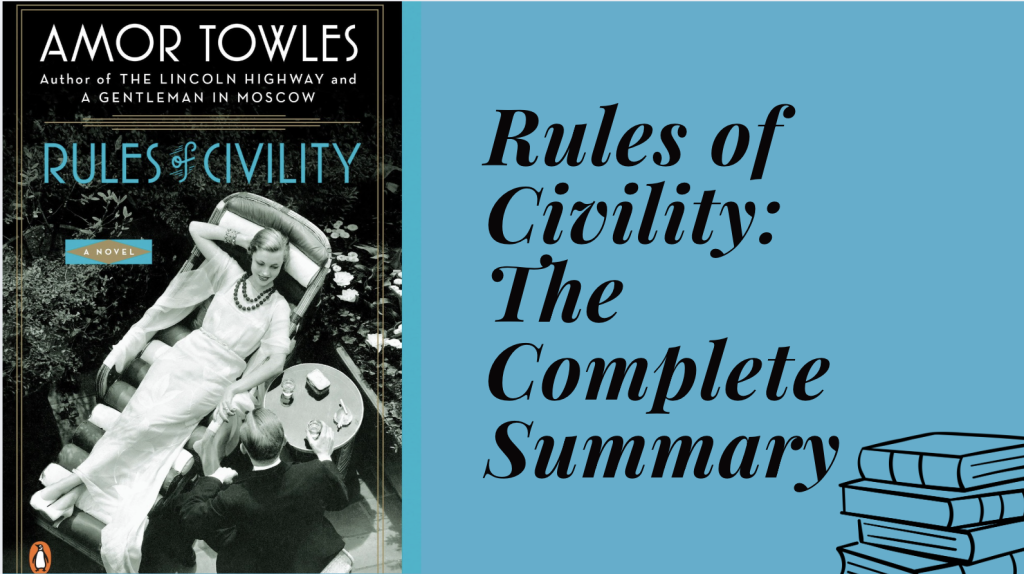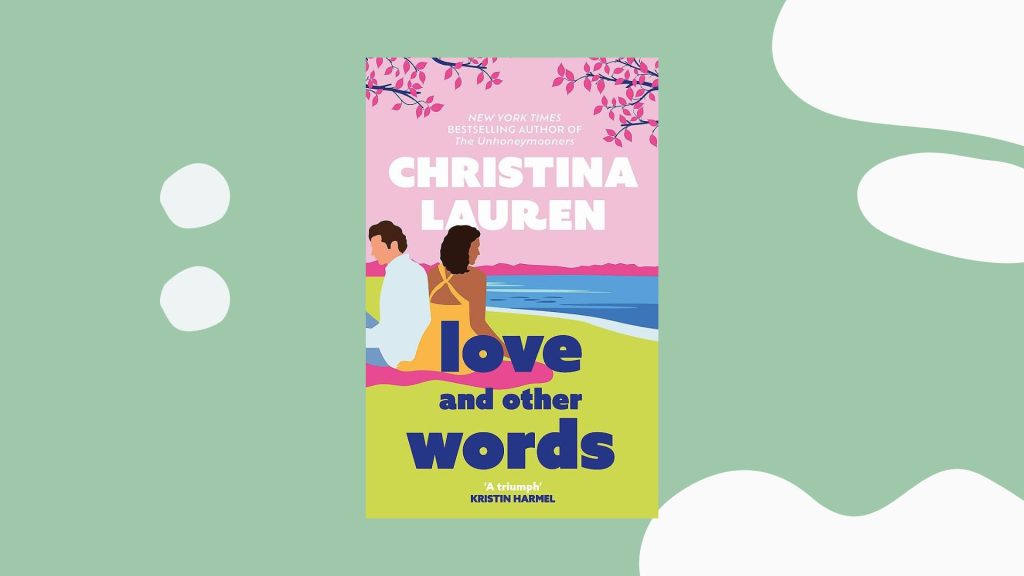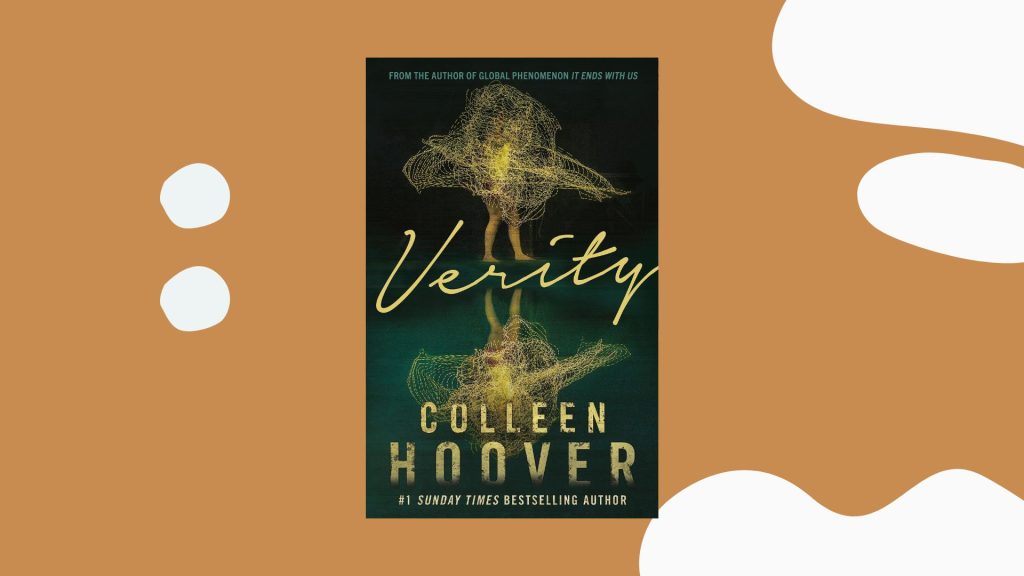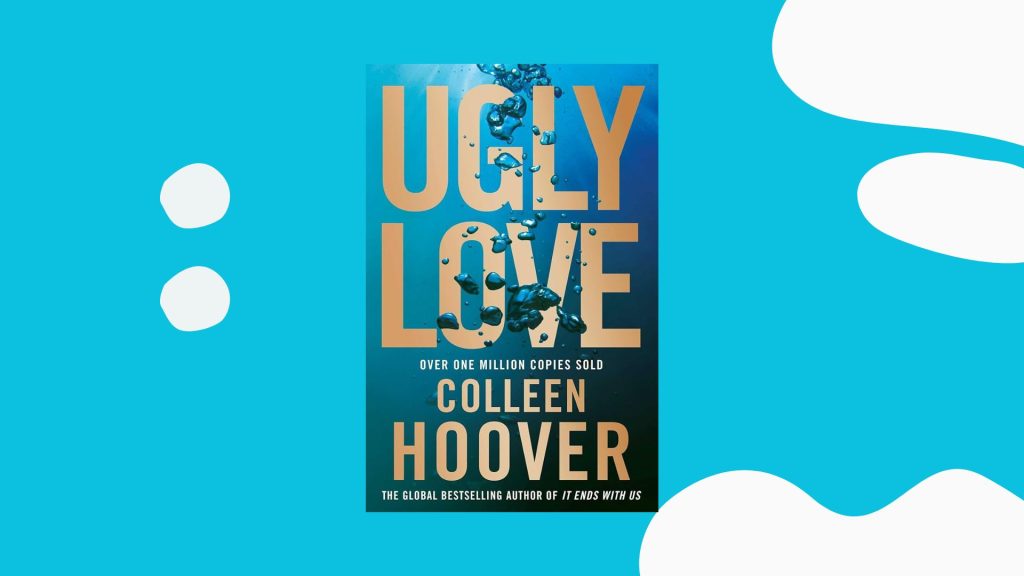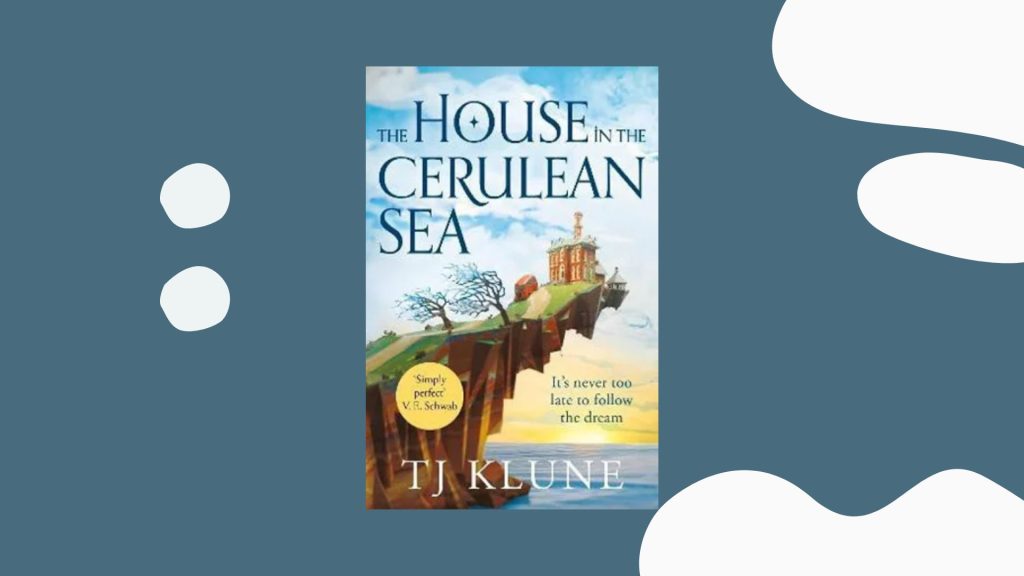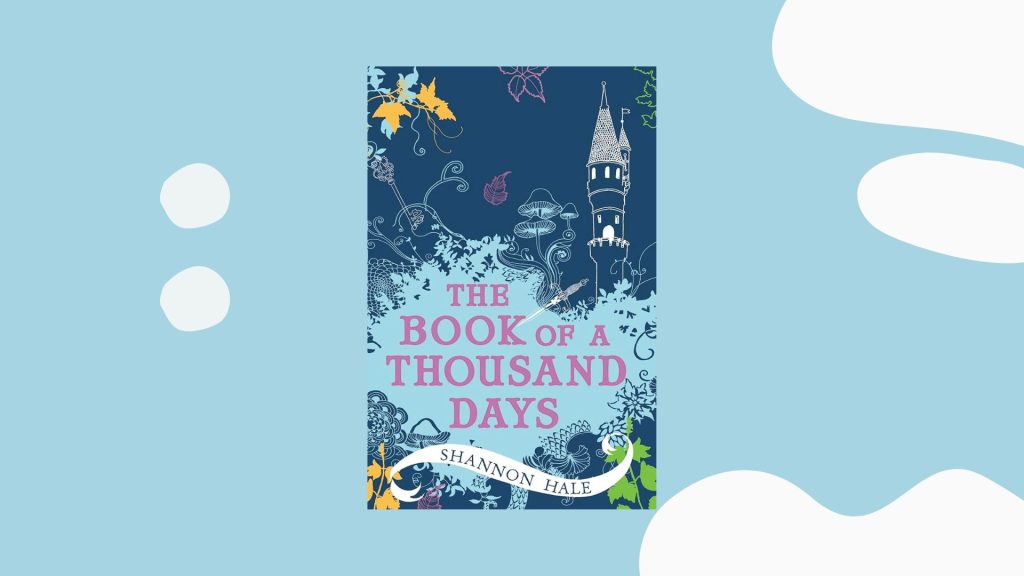“One’s life could be a lens through which to view the greater panorama of human experience.” ― Amor Towles, Rules of Civility
Are you interested in learning about Amor Towles’ captivating debut novel, Rules of Civility? You’ve come to the right place! This elegant story transports readers to the glittering world of 1930s Manhattan, where chance encounters and split-second decisions can alter the course of a life.
In this article, I’ll walk you through the key elements of this sophisticated tale. From the fascinating characters to the vivid historical backdrop, I’ll cover what makes this book so special. Many readers find themselves enchanted by Towles’s crisp prose and his ability to capture the essence of New York during the Jazz Age.
Trust me when I say this book offers more than just a historical atmosphere. It presents a thoughtful meditation on chance, circumstance, and the choices that define us.
Plot Summary of Rules of Civility
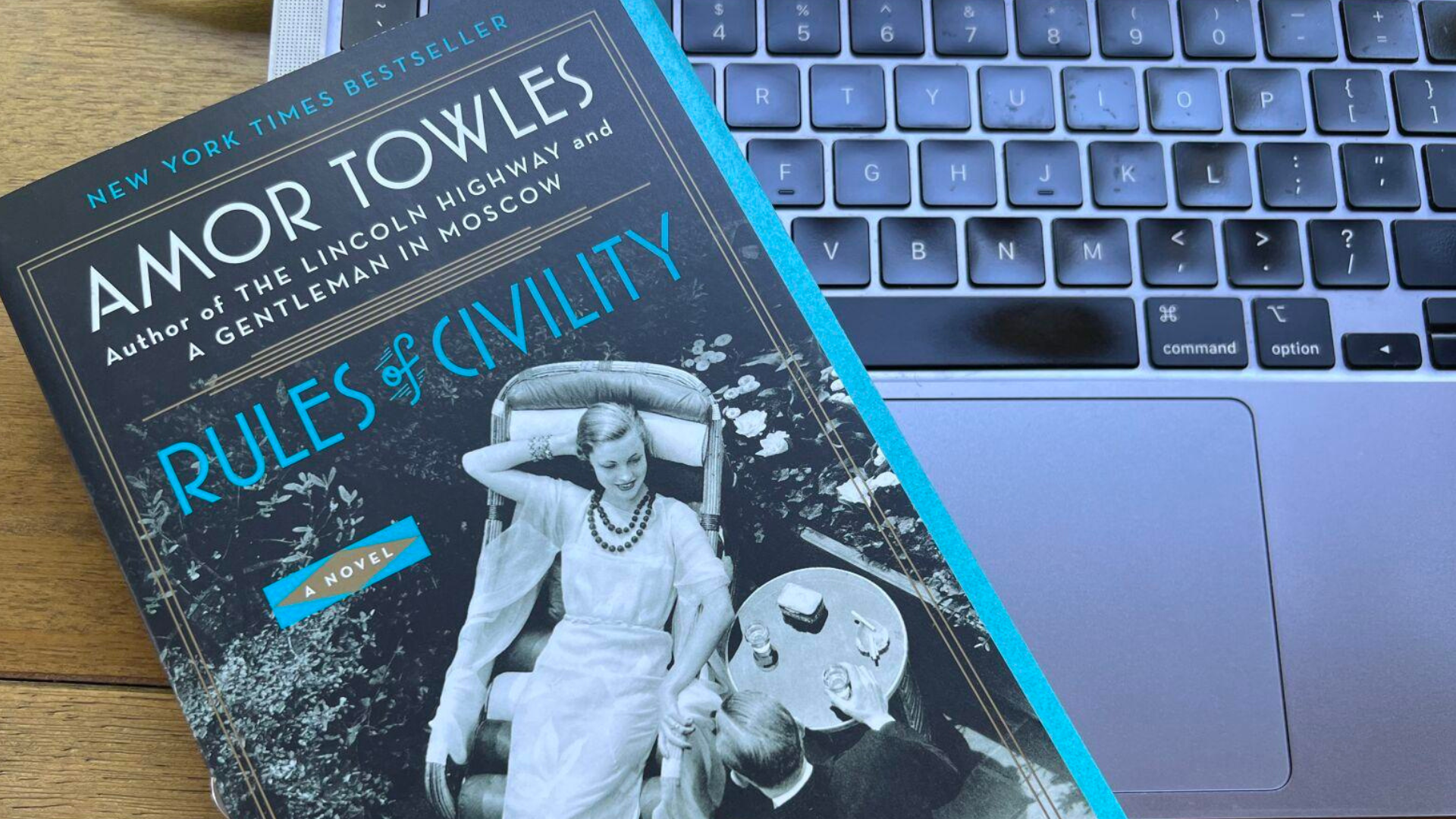
“Remember that most every turn in your life, good or bad, has come at the behest of someone you hardly knew.” ― Amor Towles, Rules of Civility
The story begins on New Year’s Eve 1937, when twenty-five-year-old Katey Kontent and her roommate, Eve Ross, meet handsome banker Theodore “Tinker” Grey in a Greenwich Village jazz bar. This chance encounter sets in motion a series of events that will change their lives forever.
The main characters include:
- Katey Kontent: A sharp-witted, ambitious young woman working as a secretary while aspiring to more
- Eve Ross: Katey’s beautiful, impulsive roommate who comes from a wealthy midwest family
- Theodore “Tinker” Grey: A charming, well-mannered banker with a mysterious past
- Wallace Wolcott: A kind-hearted banker who becomes involved with Katey
- Anne Grandyn: A wealthy, sophisticated woman with connections to Tinker
- Dicky Vanderwhile: A carefree playboy from New York’s upper class
A few months after their first meeting, Tinker, Katey, and Eve are involved in a car accident that leaves Eve seriously injured. Guilt-ridden, Tinker devotes himself to Eve’s recovery, and the two begin a relationship. Feeling somewhat abandoned, Katey throws herself into her career and social life.
As Katey climbs the social ladder from legal secretary to editorial assistant at a prestigious magazine, she finds surprising truths about Tinker, Eve, and the complicated web of relationships among Manhattan’s elite. She learns that Tinker has reinvented himself, hiding his modest origins to fit into high society, partly under the guidance of Anne Grandyn.
The story is framed by scenes from 1966, when Katey, now a successful publishing executive, encounters photographs of Tinker in an art gallery and reflects on the pivotal year that shaped her life.
The plot spans primarily across one transformative year, showing how Katey navigates the glittering but treacherous social world of 1938 Manhattan while staying true to herself and her ambitions.
What Genre Does It Focus On?
“Rules of Civility” is primarily historical fiction with elements of:
- Literary fiction: The writing style is sophisticated and places emphasis on character development and themes
- Coming-of-age story: Katey’s journey of self-discovery and growth forms the emotional core
- Period drama: The book meticulously recreates the atmosphere of pre-WWII New York
- Social commentary: The narrative examines class divides and social climbing in America
The central themes include:
- Social mobility and class in America
- Authenticity versus reinvention
- The role of chance in determining life’s direction
- The masks people wear in society
- Female ambition in a restrictive era
- The price of success and compromise
When you pick up this book, expect a character-driven story set against the backdrop of 1930s New York City. Towles has thoroughly researched the era, incorporating authentic details about the city’s architecture, social clubs, fashion, and cultural touchpoints.
This isn’t a plot-heavy novel but rather a thoughtful exploration of a young woman finding her way in a socially stratified world. The writing is elegant and polished, and the dialogue crackles with wit and intelligence.
What makes this book stand out is its combination of nostalgic period details with timeless questions about ambition, authenticity, and the ways we construct our identities. The historical foundation feels immersive rather than merely decorative.
Ratings and Reviews
“In our twenties, when there is still so much time ahead of us, time that seems ample for a hundred indecisions, for a hundred visions and revisions—we draw a card, and we must decide right then and there whether to keep that card and discard the next, or discard the first card and keep the second. And before we know it, the deck has been played out and the decisions we have just made will shape our lives for decades to come.” ― Amor Towles, Rules of Civility
Rules of Civility has a 4.04/5 star rating on Goodreads from over 270,000 readers, indicating strong reader satisfaction.
Readers across platforms share many positive thoughts about the book:
- “Towles’ writing is simply exquisite. Every sentence is crafted with care, and the result is a novel that manages to feel both modern and classic at the same time. His depiction of 1930s New York is so vivid I could practically hear the jazz and taste the martinis.” -Goodreads user, 5-star review.
- “A sophisticated, witty book that explores how chance encounters and split-second decisions can alter our lives forever. Katey is a fantastic protagonist – smart, observant, and undaunted by the rules of her time.” -Amazon customer, 5-star review.
- “The prose is exceptional, the characters memorable, and the setting so perfectly realized that you feel transported to another time.” -Goodreads user, 5-star review.
Some critical reviews mention:
- “The plot sometimes meanders and lacks strong direction.”
- “Some characters feel more like archetypes than fully developed people.”
- “The narrative occasionally feels emotionally distant despite its elegant prose.”
What sets this book apart from other historical fiction is its brilliant evocation of time and place without resorting to excessive exposition. Towles trusts his readers to pick up on subtle cultural references and period details.
The novel also offers a fresh perspective on 1930s New York by focusing on a young working woman rather than the more commonly depicted worlds of gangsters or the extremely wealthy.
Who Should Read Rules of Civility?
This book is best for adult readers who enjoy literary fiction with historical settings. The mature themes and sophisticated writing make it most suitable for readers 16 and up.
Content warnings:
- Car accident and injury
- Alcohol use (prevalent throughout)
- Brief sexual content
- Class-based discrimination
- References to suicide
It’s particularly good for readers interested in:
- New York during the Jazz Age
- Stories about social climbing and class in America
- Strong female protagonists
- Elegant, stylish prose
- Character-driven narratives
If you prefer plot-driven novels with faster pacing or if you don’t enjoy period pieces focused on social dynamics, this might not be your ideal match.
Book Recommendations If You Liked Rules of Civility
If you enjoyed Rules of Civility, here are some books with similar qualities:
A Gentleman in Moscow by Amor Towles – Towles’s second novel continues his elegant prose style and historical setting, this time following a Russian aristocrat confined to a luxury hotel after the Russian Revolution.
The Great Gatsby by F. Scott Fitzgerald – Another masterful portrait of New York society during the Jazz Age, exploring themes of reinvention, social climbing, and the American Dream.
The Age of Innocence by Edith Wharton – A classic novel examining New York’s rigid social hierarchy and the price of conforming to society’s expectations.
City of Girls by Elizabeth Gilbert – A coming-of-age story set in the 1940s New York theater world, featuring a young woman finding her way in the city.
The Chelsea Girls by Fiona Davis – Historical fiction set in New York’s famous Chelsea Hotel, spanning several decades and capturing the city’s artistic and social evolution.
Conclusion
Rules of Civility offers a captivating glimpse into 1930s New York through the eyes of a compelling protagonist navigating social boundaries and personal ambition.
The book might feel slow-paced for some readers, but patience rewards you with richly developed characters and a vivid portrait of a bygone era.
What makes this book special is how it balances period authenticity with timeless questions about identity, opportunity, and the role of chance in shaping our lives. It reminds us that behind every seemingly confident exterior often lies a carefully constructed persona.
If you want a book that combines sophisticated prose, historical atmosphere, and thoughtful exploration of social dynamics, Rules of Civility is an excellent choice.
More From This Author

Amor Towles is an American novelist who worked as an investment professional for over twenty years before becoming a full-time writer. Born in Boston, he graduated from Yale College and received an MA in English from Stanford University.
Towles began his writing career relatively late, publishing “Rules of Civility,” his debut novel, in 2011 when he was in his 40s. The book became an instant success, establishing him as a major literary talent.
Other notable books by Amor Towles include:
- A Gentleman in Moscow (2016)
- The Lincoln Highway (2021)
- You Have Arrived at Your Destination”(2019)
- Eve in Hollywood


